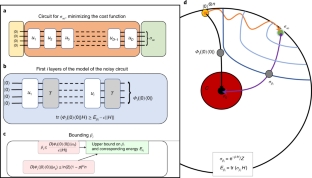2022-05-05 米国国立再生可能エネルギー研究所(NREL)
この研究は、水素製造経路に焦点を当てた技術経済分析のポートフォリオの一部を示している。太陽電池は、太陽スペクトルの一部分しか捕らえられません。STCHは全波長域を利用する。集光型太陽熱発電により、SCHは化学反応を起こすことができる。
<関連情報>
- https://www.nrel.gov/news/press/2022/nrel-scientists-advance-renewable-hydrogen-production-method.html
- https://www.sciencedirect.com/science/article/abs/pii/S0960148122003925?via%3Dihub
太陽熱化学水素製造のシステムおよび技術経済分析 System and technoeconomic analysis of solar thermochemical hydrogen production
Zhiwen Ma,Patrick Davenport,Genevieve Saur
Renewable Energy Published:23 March 2022
DOI:https://doi.org/10.1016/j.renene.2022.03.108

Abstract
Hydrogen is a promising energy carrier that can be obtained from various feedstocks using renewable energy sources. Direct solar thermochemical hydrogen (STCH) production by water splitting can utilize the full spectrum of solar radiation and has the potential to achieve high solar energy conversion efficiencies. Currently STCH research areas focus on material discovery. This paper evaluates the performance of various STCH materials in the context of a system platform to assess techno-economic benefits and gaps in the path to STCH scale-up. To analyze the hydrogen production cost, a concentrating solar thermal (CST) system is introduced as a platform for integrating STCH materials and accommodating generalized thermochemical processes. The thermochemical process is based on a two-step STCH cycle using metal oxide that consists of a high temperature step for metal oxide reduction, followed by an oxidation step for water splitting at a lower temperature. A preferred configuration is to have the high temperature step occurring in a directly irradiated solar receiver reactor. To this end, we conceptualized a receiver design and associated solar field layout and investigated STCH operational boundaries, component costs and sensitivity parameters on the $2/kgH2 goal of hydrogen production. The study explored system-related variables and factors associated with scaling up. The CST platform allows more comprehensive studies that encompass aspects of STCH materials and systems such as cost, hydrogen productivity and replacement frequency, alongside other system components like heliostat field, tower, and potential receiver costs.



